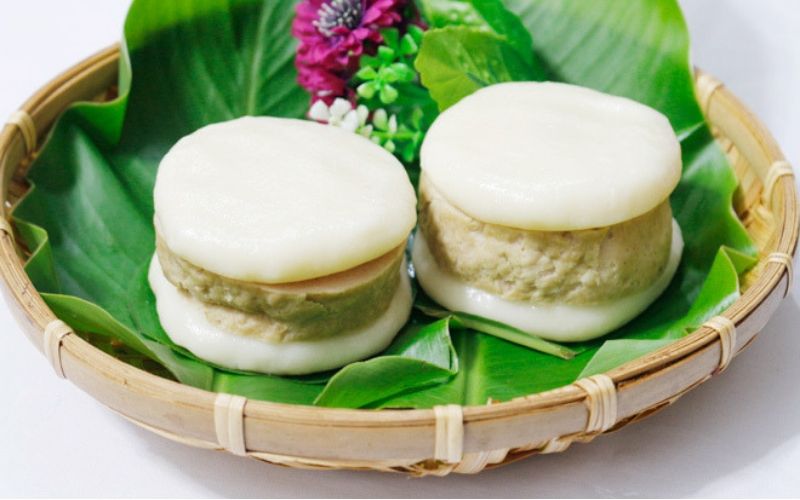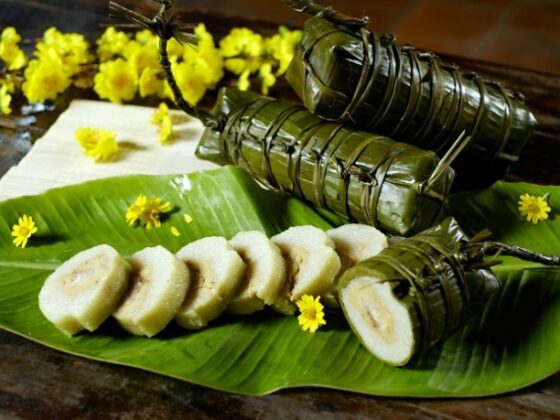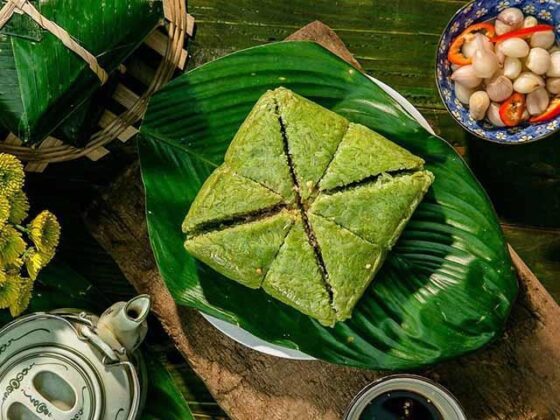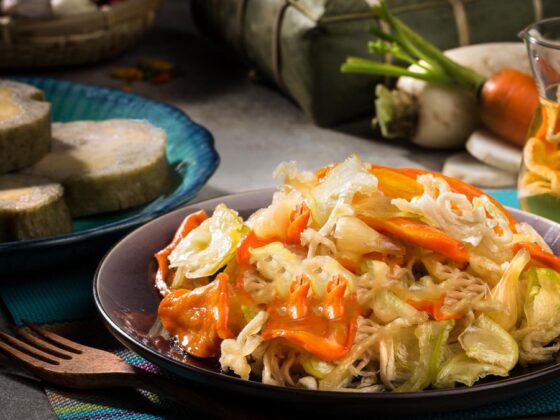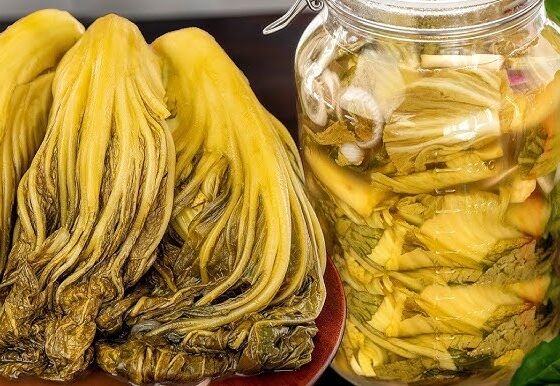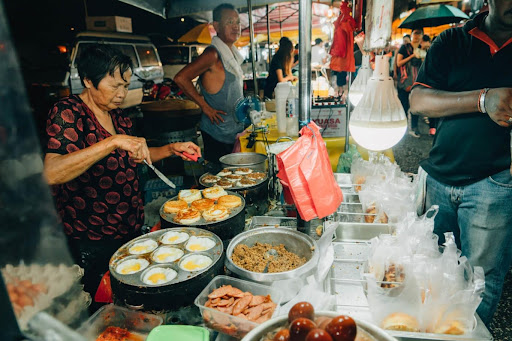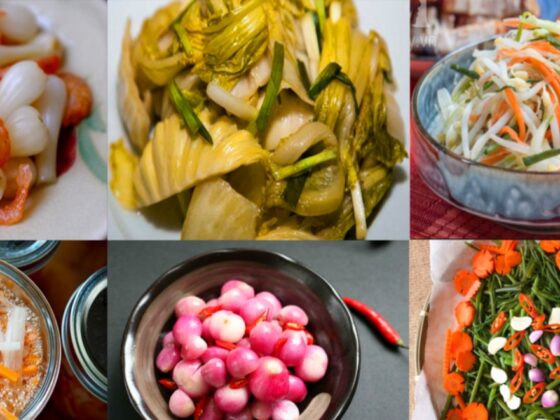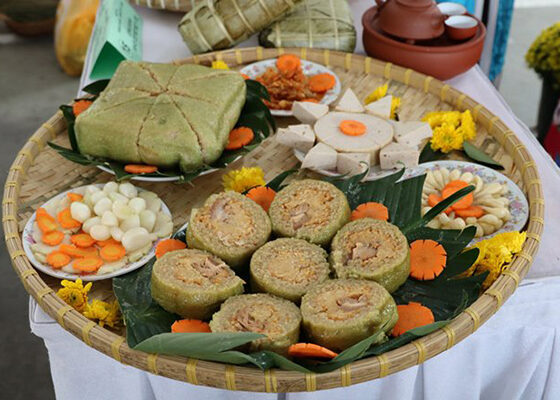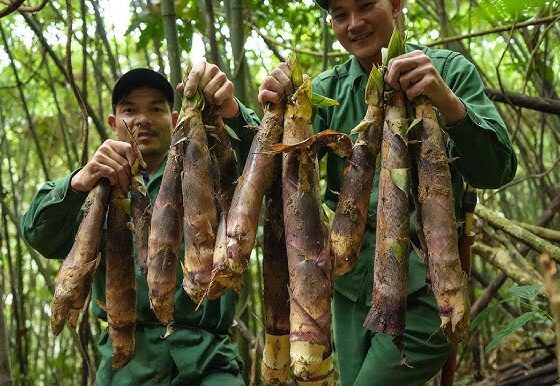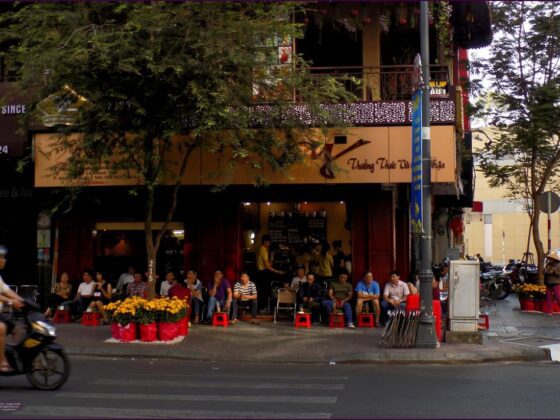Table of Contents Show
✍️ AI is summarizing:
Round, soft, and full of meaning—Banh Day is more than just a rice cake. It’s a delicious symbol of unity, ancestral respect, and Vietnamese cultural identity. From Tết gatherings to weddings, this chewy delight has warmed hearts and filled bellies across generations. Let’s discover what makes this dish an unforgettable part of Vietnam’s culinary and spiritual traditions.
Related post:
- Banh Tet: The Iconic Vietnamese Sticky Rice Cake of Tet
- Mi Quang: Discover the Soulful Noodle Dish of Central Vietnam
- Muc Nhay: Experience Vietnam’s Iconic Dancing Squid Delicacy
What is Banh Day and why is it meaningful in Vietnamese culture?
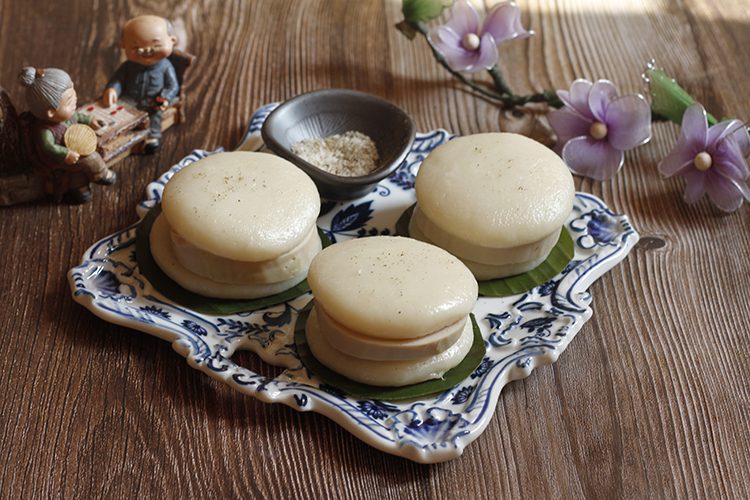
Banh Day is a traditional Vietnamese rice cake that holds a special place in the country’s culinary heritage and cultural celebrations. Known for its soft, chewy texture and rich flavor, Banh Day is often associated with important ceremonies and festivals, particularly during the Lunar New Year (Tết) and weddings. This delightful cake not only satisfies the palate but also embodies the values of unity, family, and tradition in Vietnamese culture.
The primary ingredient in this cake is glutinous rice, which is ground into a fine flour to create a smooth dough. The preparation begins with soaking the glutinous rice overnight, allowing it to absorb water and soften. After soaking, the rice is ground into a fine paste, which is then kneaded into a pliable dough. The dough can be flavored with ingredients like pandan leaves or coconut milk, adding a subtle sweetness and aromatic depth that enhances the overall taste of Banh Day.
How Banh Day is shaped and steamed to perfection
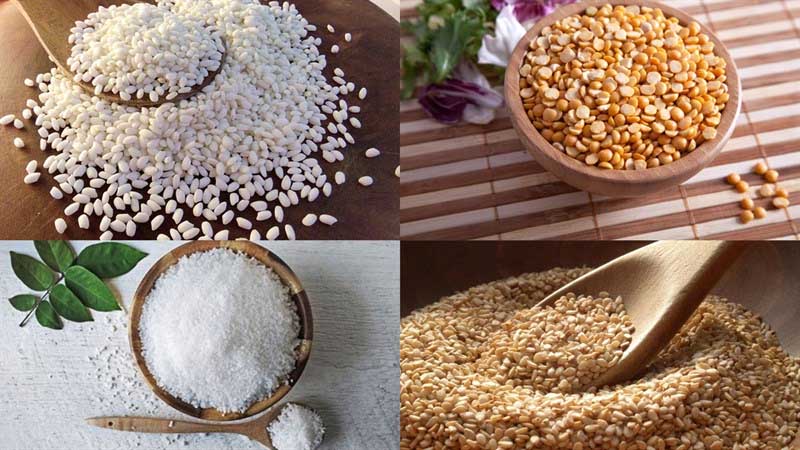
Banh Day is typically shaped into round discs that are about the size of a small plate. The traditional method of making the dish involves using a banana leaf or a bamboo leaf to wrap the dough before steaming it. This not only imparts a unique flavor to the cake but also helps to maintain its moisture during the cooking process. Once wrapped, the cakes are steamed until they become firm and translucent, revealing their chewy texture.
One of the most distinctive features of Banh Day is its versatility. While the plain version is delicious on its own, it is often served with various fillings, most commonly a mixture of mung beans and pork. The filling adds a savory contrast to the sweet, chewy exterior, creating a delightful balance of flavours. In some regions of Vietnam, it is also enjoyed with sweet toppings like shredded coconut or sugar, showcasing the cake’s adaptability to different tastes.
Cultural symbolism behind the round shape of Banh Day
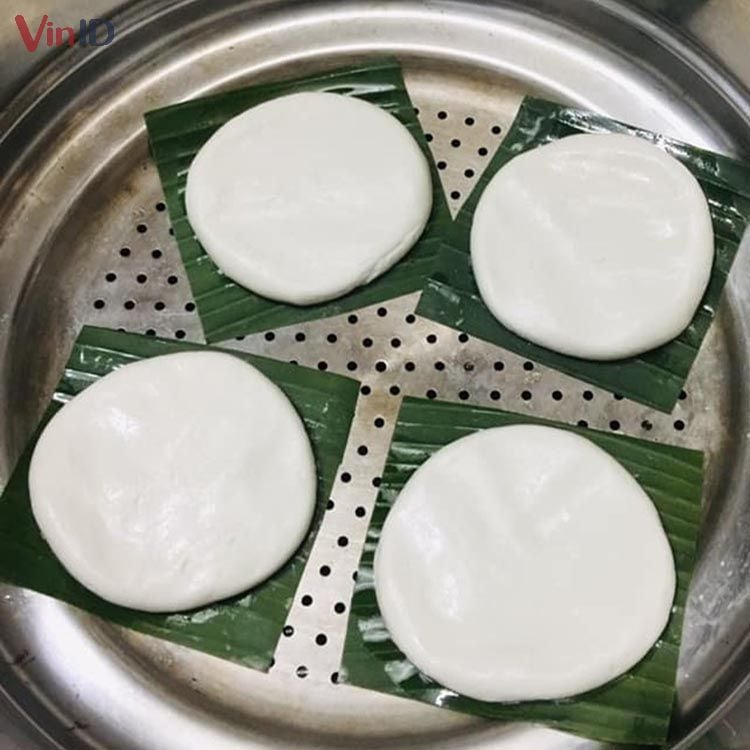
Culturally, Banh Day is deeply symbolic. Its round shape represents completeness and unity, making it a popular choice for celebrations that emphasize family and togetherness. During Tết, Banh Day is often placed on ancestral altars as an offering, symbolizing respect for one’s ancestors and the importance of family ties. The act of making Banh Day is typically a communal activity, where families come together to prepare the cakes, reinforcing bonds and shared traditions.
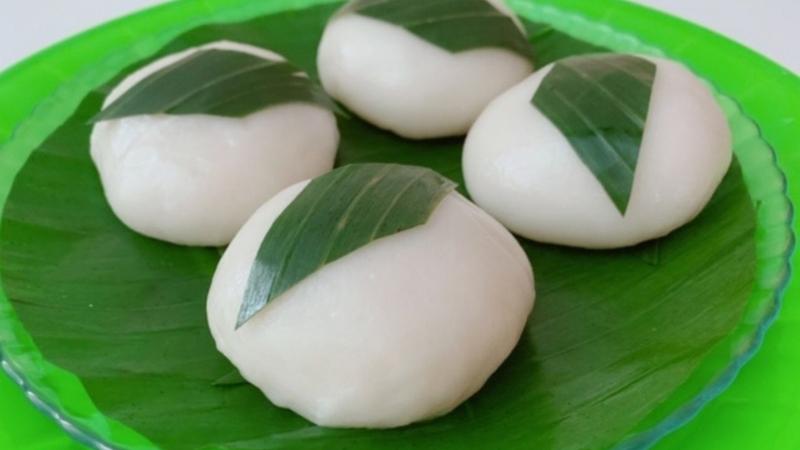
This is also a staple at weddings and other significant life events. It is often presented as a gift to guests, symbolizing good fortune and happiness. The cake’s significance in these celebrations highlights the role of food in fostering connections and celebrating life’s milestones.
Where to find Banh Day and how to enjoy it today
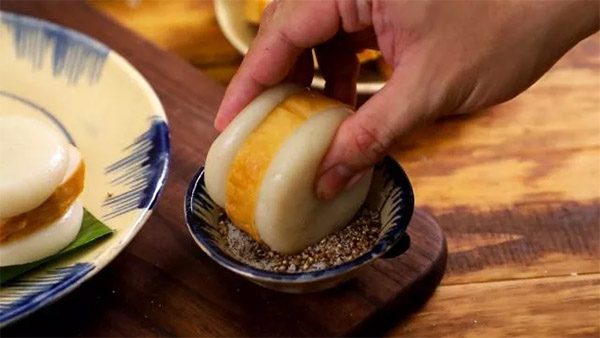
In addition to its cultural importance, Banh Day can be found at various street food stalls and local markets throughout Vietnam. Its comforting texture and delightful flavours make it a popular snack for both locals and tourists. Whether enjoyed fresh from the steamer or as part of a festive meal, Banh Day offers a taste of Vietnamese tradition that resonates with many.
Conclusion
In conclusion, Banh Day is more than just a rice cake; it is a symbol of unity, celebration, and the rich culinary heritage of Vietnam. With its soft, chewy texture, versatile fillings, and deep cultural significance, it’s invites everyone to partake in the warmth and joy of Vietnamese traditions. As families continue to gather to prepare and enjoy this beloved dish, Banh Day remains a cherished part of the country’s culinary landscape, ensuring that its legacy endures for generations to come. Follow our official Facebook page now to receive more interesting information.

